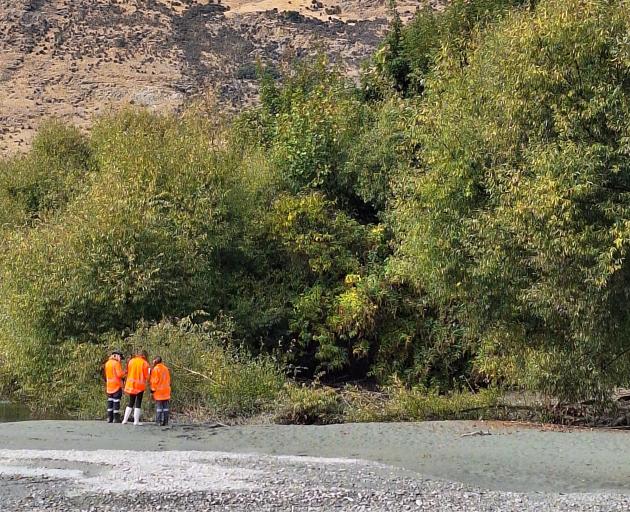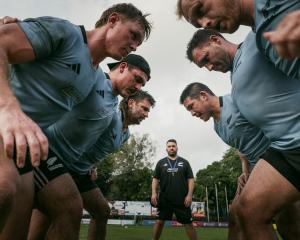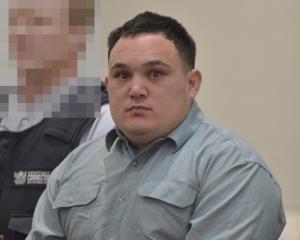
The report was included in an application being made by Queenstown Lakes District Council (QLDC) seeking retrospective consent under the Resource Management Act for release of treated sewage into the Shotover River, which started on March 31.
Water tests, carried out in the first 10 days of last month and included in the report by Landpro, recorded an E.coli reading of nearly 649 viable bacteria per 100ml at the spot where the wastewater discharges into the Shotover River.
There were "visible bubbles and noticeable odour".
The water agency Lawa says swimming is not recommended when E. coli in rivers and lakes is detected above a count of 540 viable bacteria per 100ml.
Too much bacteria can cause gastroenteritis or infections of ears, eyes, nasal cavity, skin and the upper respiratory tract.
At five different locations further upstream, above the discharge location, the Landpro report found the highest reading was significantly lower, with a maximum 214 viable bacteria per 100ml. This level represented "background Shotover River water quality", the report said.
The Landpro report qualified the test results by saying they reflected a seasonal low-flow condition, approximating a "worst-case scenario" where the treated sewage pooled within a "discrete channel" and did not mix with other river water until some distance downstream.
Increases in river flow when it rained could achieve greater dilution of pollution at the discharge spot, the report said.
Further downstream, at a testing location after the confluence between the Shotover and the Kawarau Rivers, the level of E.coli was found to be consistent with "local background" levels.
However, a maximum reading of 517 viable bacteria per 100ml was recorded within the Kawarau, which the report said was due to rain causing bacteria to arrive from across the catchment.
There were periods of "elevated risk" of contact with E.coli when there were high flows due to rain, the report said.
The report concluded that "no additional contaminant load to the Kawarau River catchment, beyond that currently consented, is considered to result from the discharge to the Shotover River."
At a press conference five days before the council started releasing the treated sewage into the Shotover, council infrastructure operations manager Simon Mason — who submitted the consent application — said he would "happily" let his children swim in the Kawarau.
Property infrastructure general manager Tony Avery said the discharge would be "undetectable" by the time it got to the Kawarau River.
The treated sewage is released into the Shotover River at a rate of about 12,000cu m of wastewater a day. The discharge is due to a failure of the Shotover Wastewater Plant disposal field — which disposes the treated sewage into the ground.
Problems with the field had rumbled on since 2021. A replacement facility could take five years to be built.
Sewage had been discharged into the river prior to 2019.
A QLDC spokesman said Mr Mason’s statement about his children had "demonstrated that both the Shotover and Kawarau Rivers are currently and historically utilised by recreational users of all ages".
"His response supports QLDC’s level of comfort around the effects of the treated wastewater discharge and the fact that the area was used by the public for these activities prior to 2019, when the discharge was direct to the river."
The council had requested that its consent application be publicly notified and it was up to the ORC to provide more information to the public.
The report’s cost was an operational matter that had not needed councillors’ approval.
Water testing is continuing on a weekly basis to identify any need for mitigation measures and to "validate the assessment findings".
One reason that was given by the council for urgently releasing the treated sewage into the river was elevated risk of bird strike on aeroplanes, due to birds congregating on the poorly-functioning disposal field, which had pools of standing water.
Queenstown Airport’s chief operating officer Todd Grace said that in March the airport had assessed the feasibility of a netting solution, but not proceeded with it because the standing water in the field had now begun to reduce.












